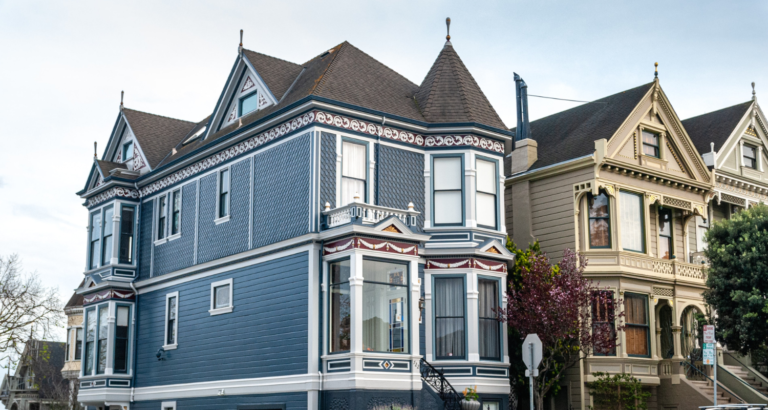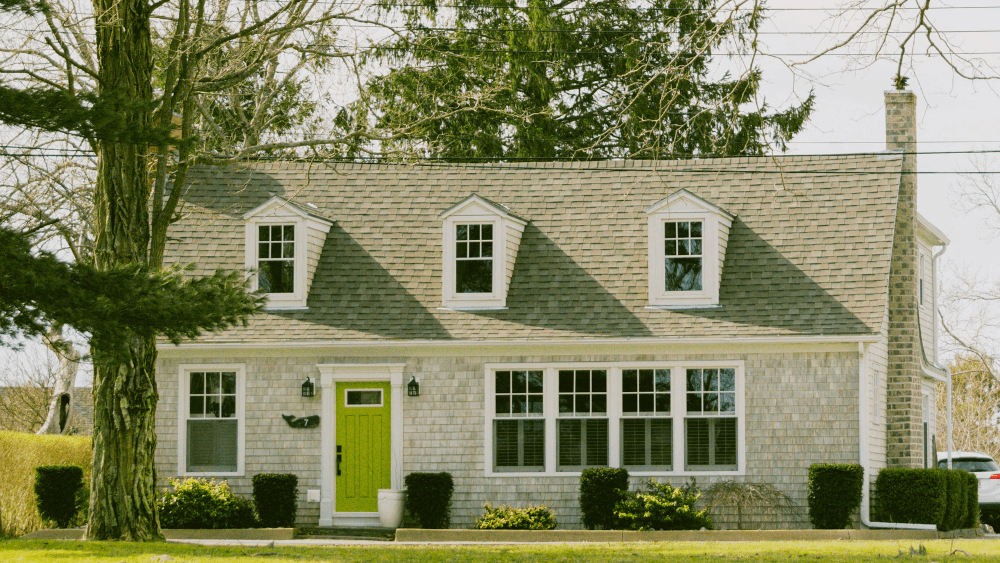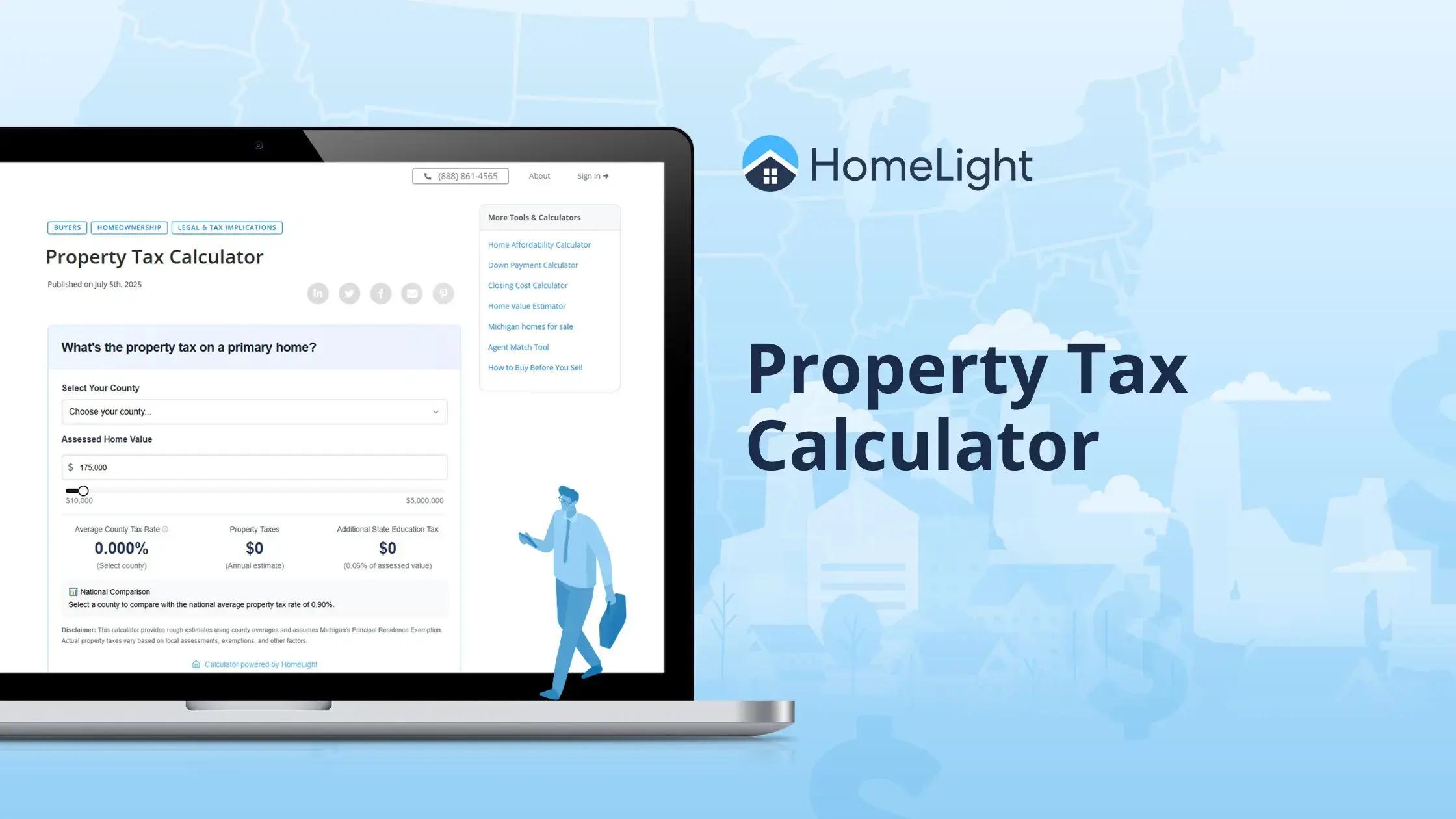
While the real estate market in California has cooled compared to the days of 20 offers per property, buyers are still dealing with low supply issues, according to Danae Aballi, a real estate agent who has worked with over 78% more single-family homes than the average agent in Costa Mesa, California. With the high cost of land, materials, and labor, the cost to build a house in California from scratch may not be a huge money saver. If buyers can’t find a turnkey home, they sometimes decide the best bet is to “build from the ground up,” said Aballi. “It feels like the conversation comes up in almost every transaction.” In the more expensive markets around Southern California, it’s common for buyers to “scrape and rebuild,” or to buy a property for the land, where a large part of a property’s home lies, tear down the existing home and build new, she said. Buyers should expect to the cost to build a house in California to come in at $350 or more per square foot, according to Ezra Laniado, founder of Landmark Construction in Sherman Oaks. If you’re building a very basic home, you might be able to keep it around $300 per square foot, but “$300 a square foot is really pushing it,” he shared. At $350 per square foot, building a 2,000-square-foot house would cost $700,000. Out of the largest metro areas of California, building a home in Sacramento is the least expensive option, with an average cost of $300 to $330 per square foot, while building a home in San Francisco is the most expensive option, at an average cost of $500 to $800 per square foot. Here is a look at cities in California and the average cost per square foot to build a home: Source: HomeAdvisor No matter which state you’re in, the steps involved in building a house will vary depending on whether you’re buying a tract home — which is when a builder has bought a large tract of land to divide into lots and build out several homes — or if you’re building a custom home. Keep in mind that the price ranges we’re providing are a general estimate. Your agent and, eventually, your builder can give you much more specific information on pricing! Here is an at-a-glance look at the average costs of each phase of building, but we will break it all down next: According to an April 2022 report by the National Association of Realtors (NAR), land sales rose 6% in 2021. Land sales for residential use were also up, accounting for 4% of all residential real estate sales in 2021. California is one of the two most expensive regions of the country to purchase land. In 2021, the median price of developed residential land sold by real estate agents in the region that includes California was $270,000 per acre, according to the NAR report. Median means that half of the sales were for more than $270,000 per acre and half for less. Prices for building lots on the West Coast rose by 39% in 2021, according to the National Home Builders Association. The Pacific region also has the smallest lots in the country, making them the most expensive on a per-acre basis. Half of the lots in the region are less than 0.14 acre, or 6,098 square feet, the report said. In densely populated areas like Orange County, bare building lots are rare, Aballi said. The few she knows of are very steep lots where building a foundation would be cost-prohibitive. So many buyers in the OC turn to the “scrape and build” process to acquire a building lot. Aballi also sells homes in Riverside and San Bernardino counties, “the Inland Empire,” where buildable lots of 7,000 to 10,000 square feet sell for around $300,000. Foundation costs will vary depending on whether you’re pouring a slab or digging a basement, but a typical price range is between $4,000 and $13,500. Basements are rare in California, according to Laniado. “The vast majority of new homes don’t have basements; they are cost-prohibitive.” The state’s earthquake building standards and seismic limitations increase the engineering requirements for basements and add to the cost, he shares. Framing is when the sticks go up, and a structure actually starts to take shape. Expect to pay between $14,000 and $32,000 for this phase of building a house. Framing costs tend to vary due to both the size of the home and the complexity of its design — a one-story home with 2,000 square feet of living space will generally be less expensive to frame than a two-story home with the same square footage. The earthquake standards can also increase the cost of framing the home, Laniado notes. If you’re building an open-concept plan with a wide open space, you may need to add a metal frame to help support the home in a quake and “that adds a considerable amount to the cost of the building.” Roofing doesn’t come cheap — whether you’re putting one on a new house or replacing the roof on an existing home. The costs of a new roof typically range from $12,000 to $28,000 in California. Asphalt shingles are commonly used for residential roofing in California, Laniado said. Depending on the style of shingle, the cost of purchasing and installing 100 square feet of asphalt shingle ranges from about $270 to $1,500. Tile roofs are popular for high-end homes in California, Aballi said. Prices for buying and installing a clay tile roof range from $800 to $2,500 per 100 square feet. The cost of buying and installing 100 square feet of concrete tile is $900 to $1,800. Siding is another big variable: Are we talking vinyl, wood, brick, concrete, stone, stucco, or something else entirely? Siding costs range between $5,000 and $14,000, with vinyl or engineered wood siding typically costing between $3 and $12 per square foot. Wood siding and cement board siding are a popular choice, Laniado says. Fiber cement siding costs between $5 and $13.50 per square foot for the material alone. Stucco is another house siding option that’s commonly found in California, with material prices generally in the $5 to $6 range per square foot. You guessed it — appliance pricing also varies widely. Depending on brand, functionality, finish, and so on, you’ll spend an average of $10,875 if the home does not come with any, but you can definitely drop up to $24,400 or more on high-end appliances. The installation of a new heating and cooling system could cost upwards of $12,500 depending on the size of your home. Plumbing can cost anywhere from $2,000 to $5,000 on average — not including fixtures like sinks and toilets. The cost to wire a house is, on average, between $500 and $2,300. Permits vary by state, city, and county, but they typically range from a few hundred dollars to a few thousand. Both Aballi and Laniado agree that the permit process in California can be challenging and time-consuming. In addition to a building permit, the project will need permits for grading, electrical, mechanical, and plumbing. When applying for the permit, the contractor will also have to provide various documents, including a site plan, drainage plan, floor plan, structural plans and calculations, landscape and irrigation plans, drawing of the exterior elevation, and a geotechnical report. The permitting process for a new home can take up to six months, Laniado says. That means the homebuyer will have to pay rent or a mortgage on their current home for months before the new home can be started. Finishes and fixtures comprise everything from countertops to sinks, and lighting to flooring. Needless to say, pricing varies widely and depends heavily on your preferences. Average carpet installation costs can start at several hundred dollars and go up to $3,000, while hardwood flooring installation starts around $2,500 on up to $7,000. Laminate countertops tend to range from $790 to $1,626, while granite averages from $2,250 to $4,500. The quality of the finishes is a major driver in the cost of a custom home, and really there’s no upper limit on the cost of building a custom home, Laniado says. “Here in L.A., there are people who really want the high-end stuff.” As a general rule, building a custom home that is tailored to your every need will be more expensive than buying a tract home from a builder. On average, building a custom home in California will cost $500 or more per square foot, according to Aballi — while building a tract home in California will cost $300 to $350 per square foot, according to Laniado. Building a custom home will also require you to assemble a team of experts to design and build the home from start to finish. Here are the team members you will need and a breakdown of what they might cost you: Hiring an architect will be integral to making your vision come to life when building your custom dream home. Before you start your search for the right architect, get clear about what you are looking for. Be sure to do your research and ask your network for recommendations for architects in your area with experience designing the kind of home you are looking to build. The cost of hiring an architect could make up anywhere between 5% and 20% of the final cost of the build. For a 2,000 square foot home in California, with a final build cost of $1 million, or $500 per square foot, that would amount to $50,000 to $200,000. Some architects will opt to charge by the hour or per square foot of the build for their services, but this is less common. A general contractor will oversee the entire process of building your custom home — they will also be responsible for hiring and paying subcontractors, vendors, and construction workers. General contractors typically charge what is called a “cost-plus” fee arrangement which accounts for the cost of the labor and materials plus a negotiated fee for the general contractor. This usually comes out to 10% to 20% of the final cost of the build. As we mentioned, building a custom home usually comes with additional costs. Again, your agent can help you determine more accurate costs — these are average figures provided to give you an idea. Land surveys, which identify your property lines and land features, range between $375 and $745. If you’re buying a tract home, the land price will be rolled into the overall price to build a home. If you’re buying a lot on your own and then building a custom home, you can expect to pay between $2,100 and $9,200 to clear the land if you hire an excavation contractor. If you build in a rural location where city services like water, sewer, and electrical connections aren’t nearby, getting the services to your lot could cost up to six figures, Aballi says. Some of the most common home styles in California include Cape Cod, California Ranch, Victorian, Mediterranean, and Modern. Each has its own unique features, and of course, costs. Here is a look at some of these styles and their average costs (all in): Source: HomeAdvisor While going with a bare-bones building strategy can get you into a new construction home for less, cheaper isn’t always better. Shoddy build quality will inevitably lead to problems down the road — anything from a leaky roof to poor sound insulation can be a frustrating discovery when you’ve only been in your new home for a few months — and there’s value in creating a home you genuinely want, not just one you’re settling for. Alternative home building options can give you more for your money and offer valuable flexibility during the construction process. A tiny house is usually 600 square feet or less in size. They’re not ideal for large families, but building a tiny house can be faster and more affordable than a conventional home if a smaller space fits with your lifestyle. On average, tiny homes cost between $30,000 and $60,000 to build. They can also be a great option as a starter home — especially since construction of new starter homes has declined between 16% and 23% in the state since 1980, according to researchers at Freddie Mac. Another option that’s popular in California is the Accessory Dwelling Unit (ADU), which is also known as an in-law suite or granny flat. ADUs are built in the backyard of an existing home, and some local governments allow them in an effort to increase available housing. If your parents or children already own a house in an area where ADUs are allowed, you could consider building a small, separate living space on their property without having to buy land. Studio Shed, which makes prefabricated buildings that are often used as ADUs, sold more than 700 units in California in the 12-month period from April 2021 to March 2022. Most of the units are shipped to the Bay Area and Los Angeles, and the average size unit sold in California is 450 square feet, according to Jeremy Nova, the company’s co-founder. These prefab units are more cost-effective than building from scratch because the architect/design fees are baked into the price, and the company sources materials directly. Producing the buildings in a factory also reduces the amount of labor needed at the jobsite, Nova shared. Studio Shed prices start at between $100 and $140 per square foot, depending on size and style. Buyers can customize their unit, which will increase the per-square-foot price, just as it does when you build a larger house. Instead of building new, some California buyers choose to buy an existing house and do an extensive addition to increase the size and amenities of the home, Aballi says. Getting permits for an addition, even a large one, is faster than getting a building permit for a new construction home, Laniado shares. However, the per-square-foot cost of the addition may be higher than building an all-new house. That is because building onto an existing house presents challenges such as: As a general rule, buying an older home will be cheaper than building a home. In California, prices vary widely. For example, buying a home in San Bernardino will cost around $290 to $370 per square foot, while an existing house in a smaller city, like Fresno, may cost between $200 and $250 per square foot. While building a home will almost always come with a higher price tag upfront, there are some long-term savings that new construction homeowners enjoy: Building a home in California can be a time-consuming process, starting with the need to find a buildable lot when there’s a shortage of such property in some areas of the state. It’s important to work with a top agent who knows the ins and outs of the local market and can help you find property and a builder. Your real estate agent can also be a resource as you plan your new home, providing information that will help you ensure the home you’re planning will have the features that will allow you to recoup your money at resale time, Aballi notes. You should also enter the process with a realistic timeframe in mind. When you include the time it takes to find an architect, design the house, get the permits, and build the home, the process can easily take nine months to a year, Laniado says.Average cost to build a home in California by city
City
Cost per square foot
Sacramento
$300 – $330 per square foot
Los Angeles
$400 – $480 per square foot
San Francisco
$500 – $800 per square foot
San Diego
$480 – $800 per square foot
San Jose
$300 – $450 per square foot
The cost to build a home in California in 2023, broken down
Building Phase
Average Cost Nationwide (2023)
Foundation
$9,046
Framing
$14,000 – $32,000
Roof
$12,000 – 28,000
Siding
$10,750
Appliances
$10,875
HVAC System
$7,000
Plumbing System
$4,080
Electrical System
$1,436
Building Permits
$1,420
Finishes and Fixtures
$42,000 – $175,000
Buying a plot of land ($270,000 per acre)
Foundation ($4,000 – $13,500)
Framing ($14,000 – $32,000)
Roof ($12,000 – $28,000)
Siding ($5,000 – $14,000)
Appliances ($10,875)
HVAC system ($12,500)
Plumbing system ($2,000 – $5,000)
Electrical system ($500 – $2,300)
Building permits (variable)
Finishes and fixtures (variable)
Building a custom home vs. a home in a development
Architect (5% – 20% of the final build cost)
General contractor (10% – 20% of the final build cost)
Additional costs to build a custom house in California
Land survey ($375 – $745)
Excavation and grading ($2,100 – $9,200)
Common styles of homes in California and their average costs
Home style
Average cost
California Ranch
$660,000
Cape Cod
$660,000
Victorian
$1.05 million
More affordable options for building a home in California
Tiny homes ($30,000 – $60,000)
Adding onto an existing house
Is it cheaper to buy or build a home in California?
Get started on building your dream home


